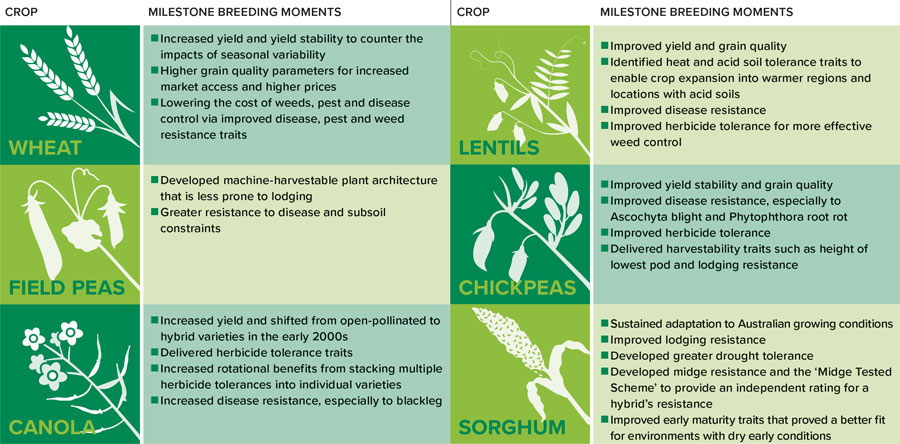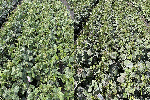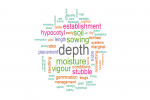Breeders working across the major grain crops provide insights into where the National Variety Trials system sits in delivering breakthrough gains
Multi-environment resilience
Breeding in the past two decades has advanced significantly: researchers have developed tools that better account for gene-by-environment-by-management (GxExM) impacts on yield. In the process, multi-environment trials have become more important.
This advance translates in the paddock to yield resilience and yield stability – especially important in Australia with its sometimes extreme seasonal variability.
In the process of learning to master yield complexity, GRDC made several investments in research infrastructure that helped to nurture these tools. This included infrastructure that allowed for systemic multi-environment trials. But the centrepiece in this strategy is the NVT system.
Informed breeding decisions
Canola breeder Dr Kate Light, from Nutrien Ag Solutions, explains why: “The NVTs allow breeders to check whether yield is stable in different environments. That data informs which varieties we decide to release and where these varieties are best suited.”
Dr Babu Pandey, a field pea breeder at the Agriculture Victoria Horsham SmartFarm, agrees. “The NVTs are an essential mechanism that allow us to compare and contrast breeding material across environments, which is especially important when it comes to deciding which breeding lines to release,” he says.
However, Dr Pandey goes further. Just as important to his breeding program are opportunities provided by NVT to receive feedback from growers.
“That feedback informs the direction we take with our breeding efforts,” he says. “In that sense, the NVTs create a bridge between breeders and growers that ensure we are on the same page.”
The benefits do not stop there.
Table 1: The milestone traits that made a big productivity difference.

Benchmarking and marketing
All the breeders spoken to were clear that the NVT exist primarily for growers. The side-by-side comparisons provided by these annual trials are viewed as producing independent, multi-environment performance data that assist growers in identifying the cultivars that best meet their needs.
However, this still transfers through to breeding companies.
For example, Dr Haydn Kuchel at Australian Grain Technologies notes that while the NVT data assists growers with variety selection, the same side-by-side trials provide breeders with a benchmarking benefit.
“The rigour used to run the trials is exceptional,” Dr Kuchel says.
Being independent, NVT data helps us to benchmark our varieties against competitors and helps us to demonstrate the improvements we are making for farmers.
That sentiment is shared by Dr Light, who says that Nutrien Ag’s canola breeding programs prefer to use only NVT data – not company data – when it comes to promoting a new variety.
“When it comes to marketing, what makes NVT data compelling is that it is produced – and can be verified – independently,” she says.
So too at LongReach Plant Breeders, where Dr Bertus Jacobs says that NVT yield data contributes significant power as a marketing and extension tool.
He adds that, while conservative, the disease ratings provided are credible, reliable and standardised for all industry participants to use.
Pulse expansion traits
Benchmarking variation in different environments has been especially significant for pulse breeders.
At Agriculture Victoria’s SmartFarm, lentil breeder Dr Arun Shunmugam says lentils are now recognised as a crop that delivers a significant economic impact to the southern regions, alongside its rotational and agronomic benefits.
Those benefits, however, do not translate to other cropping zones. He says the challenge now is to breed for traits that help expand lentil cultivation into additional agroclimatic zones.
More information: National Variety Trials

























































